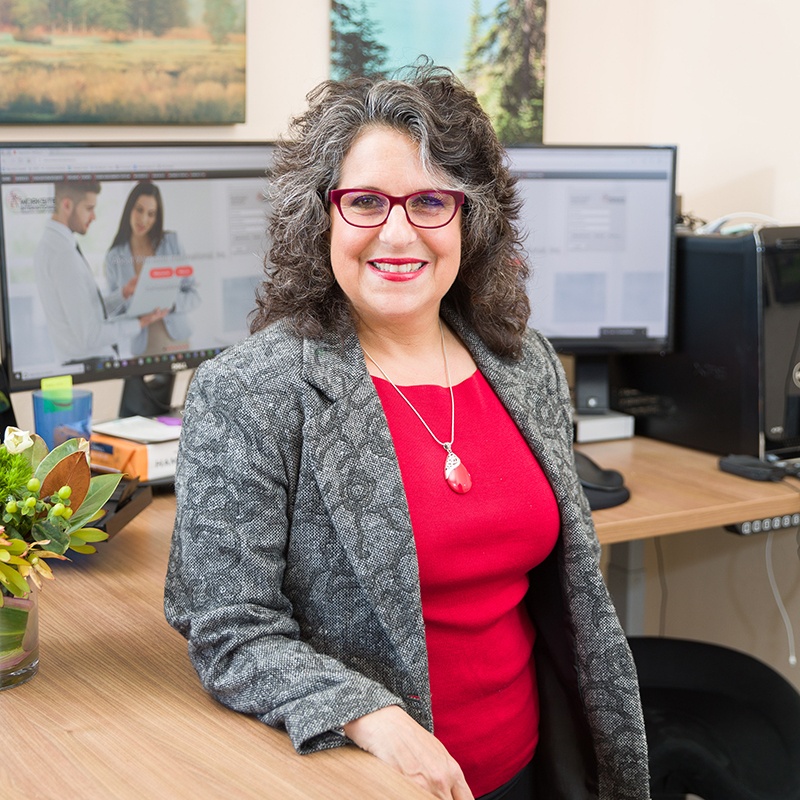Selecting ergonomic chairs for a diverse workforce is not easy to do. I find most employers, including purchasing managers or in-house ergonomics support tasked with selecting and purchasing ergonomic chairs often choose poorly. Primarily because they don't utilize good criteria to select from or know where to find the criteria. Many select chairs based on the lowest price which is a recipe for failure! With sitting time increasing for most of us to 7 or more hours a day in the office, investing in comfortable, supportive ergonomic chairs as a capital asset is a must!
Read More










